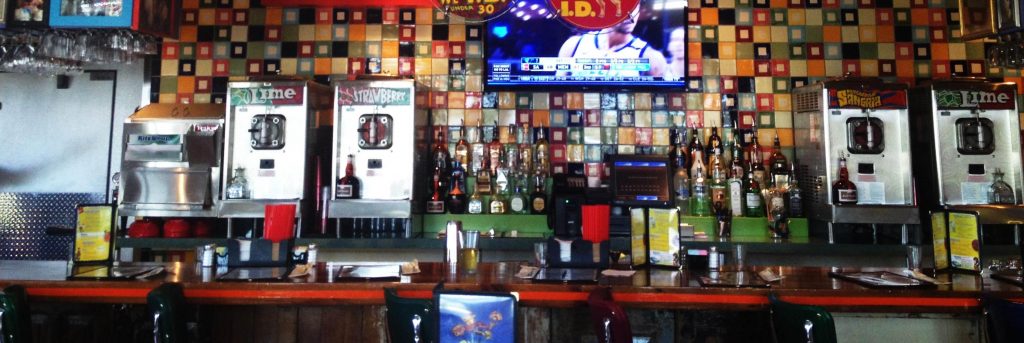Where Did Tex-Mex Cuisine Come From, Anyway? Stanford GSB Investigates

Cultural crossover consumerism often as hard to define as it is to track down. From the origins of craft beer, to new styles of cuisine, tracing the origins of these now normalized products can be a never-ending quest.
The Stanford Graduate School of Business recently dove into that calls the authenticity of the Tex-Mex category into question and explores how the mysterious cuisine came to be.
In a new study coauthored by Lane Professor of Organizations Glenn R. Carroll and former Chicago magazine dining critic Dennis R. Wheaton, the duo analyzed how so-called “Tex-Mex” food emerged. They point to an influential 1972 cookbook entitled “The Cuisines of Mexico” by Diane Kennedy.
According to the authors, Kennedy “drew a bright line between the types of Mexican food served on either side of the U.S.-Mexico border.” Her intention was to “protect the purity of the Mexican category [and] advance the idea that Americanized Mexican food was inferior and inauthentic compared to the cuisines of Mexico.”
Carroll and Wheaton noted some major sociological factors that influenced the emergence of Tex-Mex, namely the cross-border race and class tensions between “Mexicans and poor Mexican-American immigrants, as well as between white Americans and Mexican-Americans.”
Despite Kennedy’s assessment of Tex-Mex as a derogatory and denigrating label, the cuisine—loosely defined by corn chips, crispy tacos, burritos, chili con carne, nachos, fajitas, and combination plates slathered in yellow cheese—flourished in restaurants that catered primarily to non-Mexicans e.g. Taco Bell, Chipotle, Chi-Chi’s, and El Torito.
The study incorporates a quote from Texas food writer Robb Walsh, whose defends the legacy of Tex-Mex, offering a more optimistic take on the mass-produced foodstuff.
“We can all thank Diana Kennedy for inadvertently granting Tex-Mex its rightful place in food history,” Walsh says.
“By convincing us that Tex-Mex wasn’t really Mexican food, she forced us to realize that it was something far more interesting: America’s oldest regional cuisine.”
You can read more about Stanford’s look into the history of Tex-Mex here.
